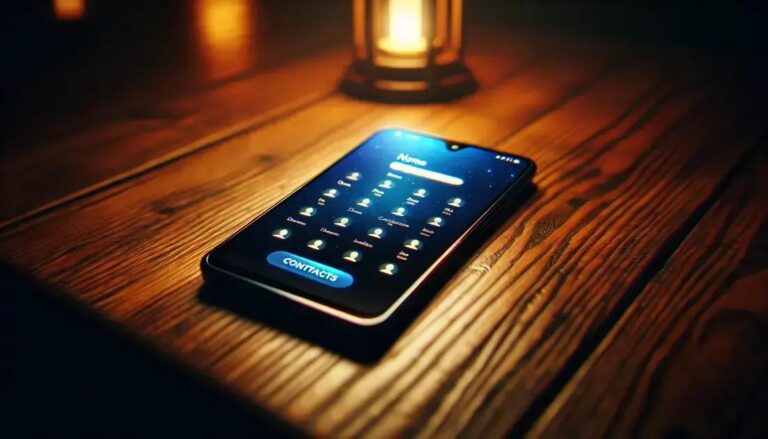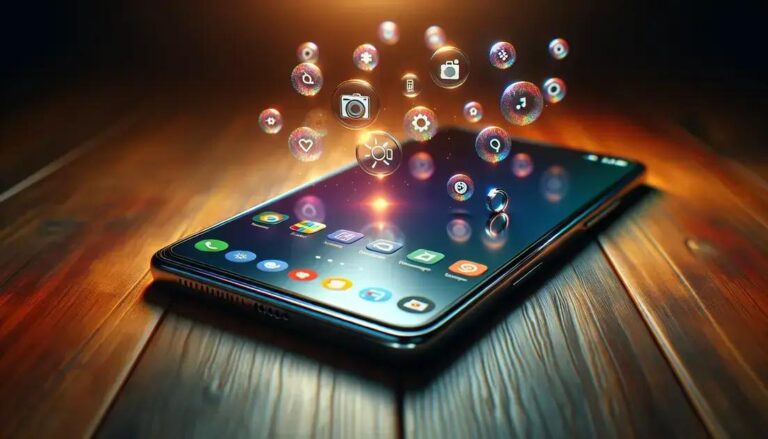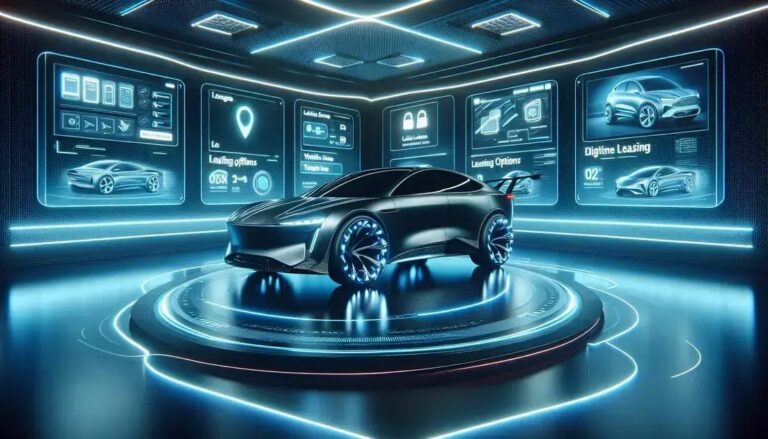How to Undo Photo Deletion on Android or iPhone
Restore Android Photos can seem daunting when your precious memories vanish. We’ve all experienced that heart-sinking moment when images just disappear. But don’t fret—you can retrieve them with the right approach.
Did you know different recovery methods depend on where your photos were stored? Whether they’re lurking in Google Photos or another location, understanding storage is half the battle. You might be surprised at how simple some solutions are.
Imagine alleviating that panic with a reliable recovery plan. This guide is here to offer exactly that—straightforward steps and essential tips. So, are you ready to dive into the world of Android photo recovery?
Understanding Android Photo Storage Systems
Understanding how Android photo storage systems work is crucial for effective recovery of lost images. Android devices generally use internal storage, SD cards, and cloud services like Google Photos to store pictures. Each of these storage systems has specific characteristics that impact how photos are stored and retrieved.
Internal Storage
Most Android devices come with internal storage, which is the device’s onboard memory. Photos stored here are usually located in the DCIM folder, which stands for Digital Camera Images. These images are accessible via file managers and can easily be transferred to other devices. Keeping this folder organized ensures photos are easy to find and recover.
External Storage (SD Cards)
Many Android devices support external SD cards, offering additional space for photo storage. SD cards can be removed and accessed via card readers on computers, making them versatile. It’s important to regularly back up SD card data to avoid loss due to card failures.
Cloud Storage (Google Photos)
Google Photos is a popular cloud storage service that automatically syncs photos from your Android device to the cloud. This feature ensures that even if photos are deleted from the device, they remain accessible in the cloud. Utilizing Google Photos for backup provides an added layer of security against loss.
Each storage system has its advantages and requires different recovery approaches. Familiarizing yourself with these systems enhances your ability to effectively manage and recover photos when needed.
Steps To Recover Lost Photos From Google Photos
Recovering lost photos from Google Photos can be straightforward if you follow the right steps. Google Photos offers a robust set of features designed to help you retrieve deleted images quickly and efficiently.
Step 1: Check the Trash Bin
When photos are deleted from Google Photos, they are moved to the Trash, where they remain for 60 days before permanent deletion. Go to your Google Photos app, and in the menu, find and tap on ‘Trash’. Look for the lost photos and select the ones you wish to recover. Tap ‘Restore’ to return them to your library.
Step 2: Verify Backup & Sync is On
Ensure that the ‘Backup & Sync’ feature is enabled. This ensures that your photos are continually being backed up to your Google account. Go to your Google Photos settings, and check if ‘Backup & Sync’ is turned on. This will prevent future data loss by continuously backing up your images.
Step 3: Check Other Devices
If your photos are not in the Trash, they might still be in sync with another device. Sign in to Google Photos from any other device where your account is connected and see if the images appear there. This can sometimes happen if photo uploads have been paused on your main device.
By following these steps, you can recover lost photos in Google Photos and prevent data loss in the future. Google Photos’ intuitive interface and reliable cloud storage make it easier to manage and retrieve your cherished memories.
Using Third-Party Apps For Effective Recovery
Third-party apps offer advanced solutions for recovering lost photos from Android devices. These apps provide tools beyond basic system capabilities, increasing the chances of photo recovery. Here are some effective third-party apps you can use:
1. DiskDigger
DiskDigger is a popular app for recovering lost photos on Android. It allows users to search both normal and root-level directories. Ideal for users with rooted devices, DiskDigger can recover images in various file formats. The app features a user-friendly interface and is available as a free download with purchase options for advanced features.
2. Dr.Fone – Data Recovery
Dr.Fone by Wondershare is a comprehensive recovery tool renowned for its extensive file recovery options. Suitable for non-tech savvy users, it offers a simple, step-by-step recovery process. The app supports recovery of photos, videos, messages, and more. It’s a powerful tool but requires a subscription for full access.
3. EaseUS MobiSaver
EaseUS MobiSaver is another reliable app for recovering lost photos from Android devices. It features a simple interface and supports various file types, including photos and videos. EaseUS MobiSaver allows previewing of recoverable files before restoration, helping users select exactly what they need. Both free and premium versions are available for users.
Using these third-party apps can significantly enhance your ability to recover lost photos. Ensure that you check compatibility with your device and choose the app that best fits your needs.
Backup Strategies To Prevent Future Loss
Implementing effective backup strategies is crucial for ensuring the safety of your Android photos. By understanding different backup options, you can prevent future data loss and secure your precious memories.
1. Google Photos Backup
Google Photos provides a seamless way to back up your photos automatically. By enabling the ‘Backup & Sync’ feature, all images on your device are uploaded to your Google account. This ensures that even if you lose your device, your photos remain safe in the cloud. Customize the backup settings to select Wi-Fi only uploads to save on data usage.
2. External Hard Drives
Using an external hard drive is another reliable backup method. Transfer your photos manually from your device to the hard drive via a computer. This offline storage method provides an additional layer of security that isn’t subject to cloud vulnerabilities. Regular backups onto an external drive will protect your data from unexpected digital losses.
3. Cloud Storage Services
Besides Google Photos, other cloud services, like Dropbox and OneDrive, offer excellent backup solutions. These platforms allow you to store large amounts of data off-site, accessible from any device with internet connectivity. Set these apps to auto-upload photos to ensure continuous protection against data loss.
By integrating these backup strategies, you create a robust system for photo preservation, safeguarding against various forms of data loss.
FAQ – Frequently Asked Questions About Android Photo Recovery
What should I do first when I lose photos on my Android?
Check the Google Photos ‘Trash’ to see if the photos are recoverable within 60 days.
How can third-party apps help in photo recovery?
Third-party apps offer enhanced recovery features, allowing retrieval of photos from internal storage, SD cards, and cloud services.
What is the best third-party app for photo recovery?
DiskDigger, Dr.Fone, and EaseUS MobiSaver are popular choices due to their user-friendly interfaces and effective recovery capabilities.
How does Google Photos help in backing up images?
Google Photos automatically backs up images to the cloud when ‘Backup & Sync’ is enabled, ensuring they are safe even if the device is lost.
How can I prevent future photo loss on my Android?
Implement regular backups using Google Photos, external hard drives, or cloud storage services like Dropbox and OneDrive.
Can I recover photos from a broken Android device?
Yes, data recovery apps and services can sometimes retrieve data from non-functional devices. Seeking professional help is recommended for complex cases.






